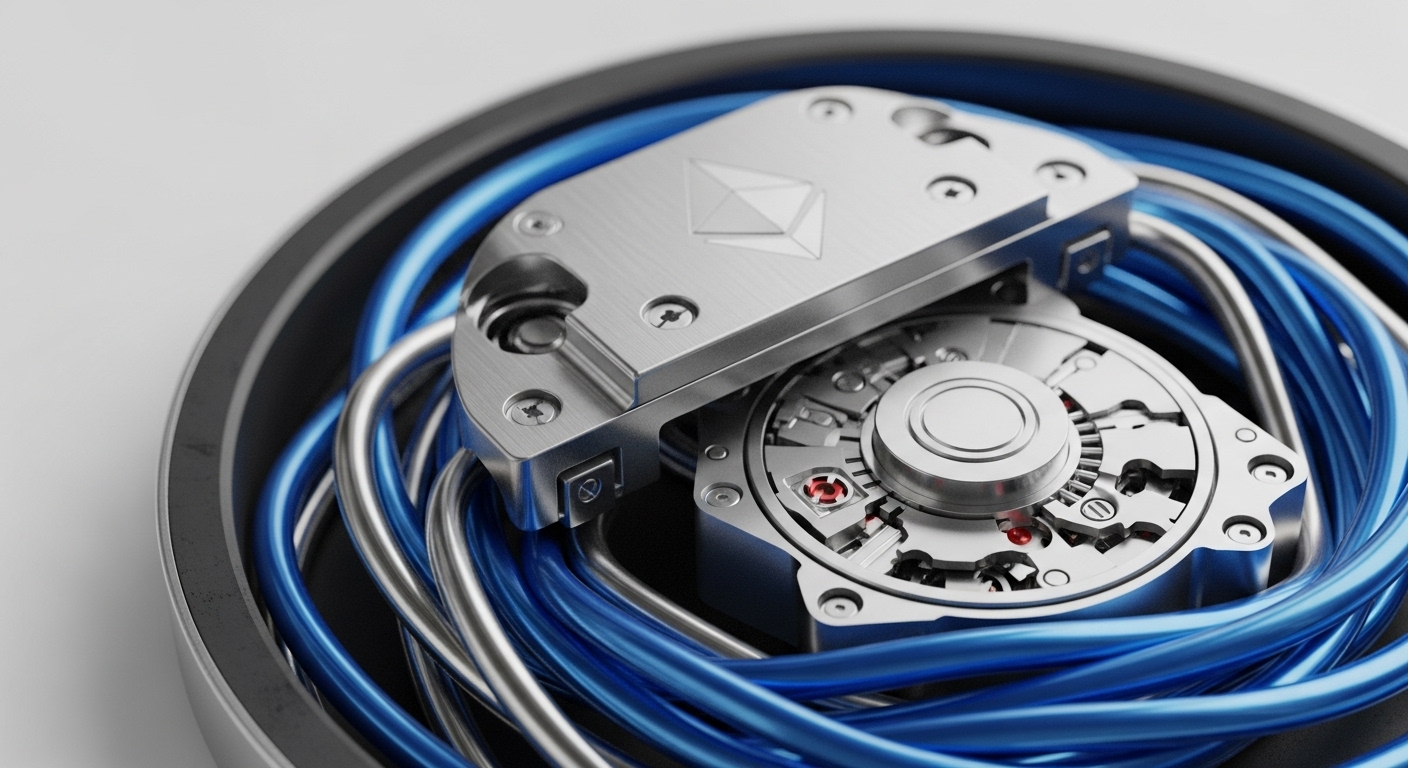
Briefing
The proliferation of AI-generated content necessitates robust methods for provenance identification, a problem this research addresses by introducing Pseudorandom Error-Correcting Codes (PRCs). This novel cryptographic primitive functions as an error-correcting code where codewords appear random to an adversary without a secret key, yet are efficiently decodable by anyone possessing it. This breakthrough offers cryptographically provable guarantees for watermarking generative AI, fundamentally enhancing the reliability and trustworthiness of digital content in an era of synthetic media.

Context
Before this research, a significant challenge in digital content security involved reliably identifying AI-generated media without relying on ad-hoc or easily circumvented watermarking techniques. The prevailing theoretical limitation was the absence of a cryptographic primitive that could embed information with provable security, ensuring that embedded watermarks remained robust against adversarial attacks while also being computationally indistinguishable from random noise without the correct key. This gap left generative AI models vulnerable to misuse and made content verification problematic.

Analysis
The core mechanism of this paper centers on Pseudorandom Error-Correcting Codes (PRCs), a cryptographic primitive that blends the properties of error correction with pseudorandomness. Conceptually, a PRC takes an input and encodes it into a codeword that, without a specific secret key, appears statistically random to any efficient observer. However, with the secret key, the original input can be efficiently recovered even if the codeword has been corrupted.
This fundamentally differs from previous ad-hoc watermarking approaches by providing cryptographic assurances → the embedded watermark is both robust against alterations and covert, making it a powerful tool for provably watermarking AI-generated content. The security of PRCs is based on standard cryptographic assumptions, such as the subexponential Learning Parity with Noise (LPN) problem.

Parameters
- Core Concept → Pseudorandom Error-Correcting Codes (PRCs)
- Key Authors → Miranda Christ, Sam Gunn
- Foundational Basis → Standard Cryptographic Assumptions (e.g. Subexponential LPN)
- Primary Application → Watermarking Generative AI Models
- Key Properties → Pseudorandomness, Robustness, Soundness

Outlook
This research opens new avenues for securing digital content provenance and combating misinformation generated by advanced AI models. Future work will likely focus on optimizing PRC constructions for diverse generative AI architectures and exploring their integration into real-world content platforms. Within 3-5 years, PRCs could become a foundational component of digital media verification systems, enabling transparent identification of AI-generated content across various applications, from news media to creative arts, thereby fostering greater trust and accountability in the digital ecosystem.
